
Graphic: The Guardian
A 3,600 sq mile (9,300 sq km) coral reef has been discovered off the mouth of the Amazon River. Stretching for over 600 miles, from French Guiana to Brazil’s Maranhão state, the reef is in water from 160 to over 320 feet deep. Scientists say that the massive reef is unlike any other known on Earth. Unfortunately, the newly discovered and unique reef is also in the path of where energy giants BP and Total plan to drill for oil.
Smithsonian reports: The reef is so odd, in fact, that its discoverers believe it may constitute an entirely new type of ecological community.
“This is something totally new and different from what is present in any other part of the globe,” says Fabiano Thompson, an oceanographer at the Universidade Federal do Rio de Janeiro in Brazil. “But until now, it’s been almost completely overlooked.” Continue reading

 Recently, a
Recently, a  I read
I read 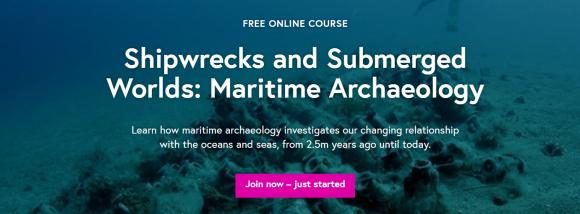

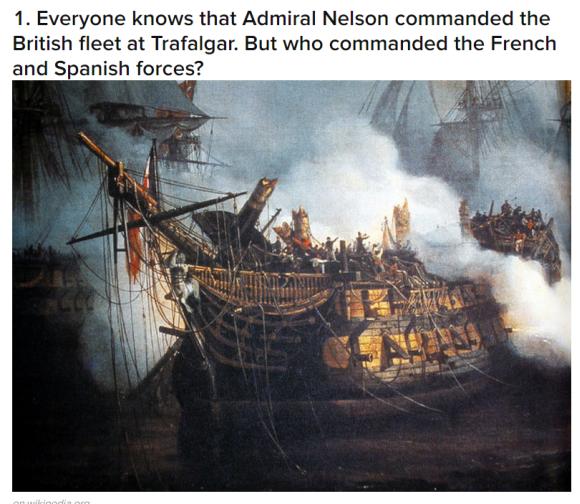
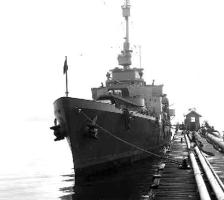 Seventy five years ago today, the USCG Cutter
Seventy five years ago today, the USCG Cutter 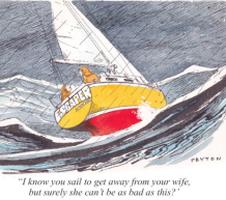 You may not necessarily know his name, but if you have been reading yachting magazines over the years, his cartoons probably brought a smile to your face. British cartoonist
You may not necessarily know his name, but if you have been reading yachting magazines over the years, his cartoons probably brought a smile to your face. British cartoonist 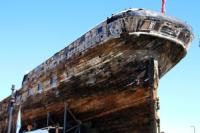 In February 2014, the City of Adelaide, the world’s oldest surviving composite clipper ship, returned to her namesake city. Now almost three years later,
In February 2014, the City of Adelaide, the world’s oldest surviving composite clipper ship, returned to her namesake city. Now almost three years later, 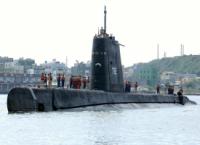 Taiwan is now operating the two oldest submarines in service in the world, the 72 year old SS-791
Taiwan is now operating the two oldest submarines in service in the world, the 72 year old SS-791 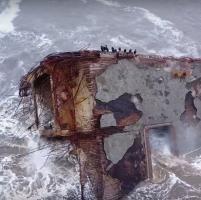 Over the weekend, winter storm Kori sent record high waves smashing into the California coast. The National Weather Service said a new wave record was set as the Monterey Bay buoy recorded 34-foot waves. At Seacliff State Beach in Aptos, California, the
Over the weekend, winter storm Kori sent record high waves smashing into the California coast. The National Weather Service said a new wave record was set as the Monterey Bay buoy recorded 34-foot waves. At Seacliff State Beach in Aptos, California, the  We understand that writer Douglas Reeman has died at this home in Cobham, Surrey, at the age of 92. Reeman, perhaps best know for the novels written under the pen-name Alexander Kent, wrote close to 60 books and has left an indelible mark on the literature of the sea.
We understand that writer Douglas Reeman has died at this home in Cobham, Surrey, at the age of 92. Reeman, perhaps best know for the novels written under the pen-name Alexander Kent, wrote close to 60 books and has left an indelible mark on the literature of the sea. 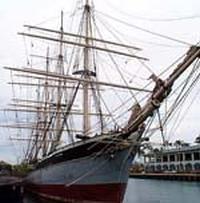 A UK member of parliament from Glasgow, Scotland has joined in the effort to save the endangered historic sailing ship
A UK member of parliament from Glasgow, Scotland has joined in the effort to save the endangered historic sailing ship 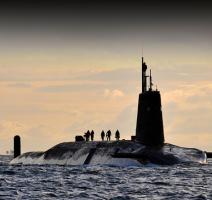 Last June, the Royal Navy submarine
Last June, the Royal Navy submarine 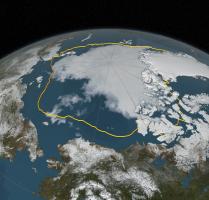 The latest observations from the US National Snow & Ice Data Center in Boulder, say that the extent of
The latest observations from the US National Snow & Ice Data Center in Boulder, say that the extent of  French sailor,
French sailor, 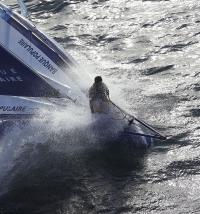 After sailing over 24,000 nautical miles and just 300 nautical miles from the finish line of the
After sailing over 24,000 nautical miles and just 300 nautical miles from the finish line of the 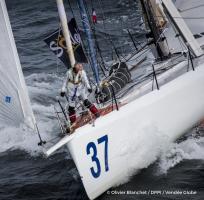 Swiss sailor,
Swiss sailor,